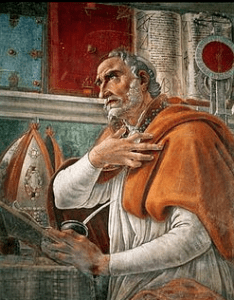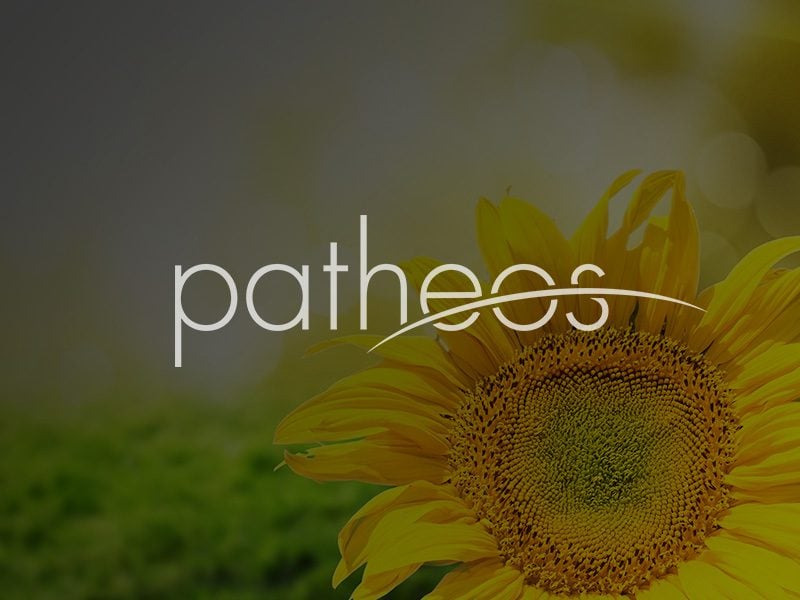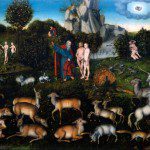 “Darwinism subverts religious belief in a supremely wise and loving Creator who has providentially planned life on earth … [and may be taken to be] a bungling, or a chillingly indifferent, god.” These are the words of Philip Kitcher as quoted by Jeff Astley in his fine exploratory essay on evolution and evil in the book Reading Genesis after Darwin. The cosmos, then, becomes evidence against a good God. The issue is not quite as stark when it comes to personal evil, the evil humans perpetrate, but the issue remains: Why would God create a world like that?
“Darwinism subverts religious belief in a supremely wise and loving Creator who has providentially planned life on earth … [and may be taken to be] a bungling, or a chillingly indifferent, god.” These are the words of Philip Kitcher as quoted by Jeff Astley in his fine exploratory essay on evolution and evil in the book Reading Genesis after Darwin. The cosmos, then, becomes evidence against a good God. The issue is not quite as stark when it comes to personal evil, the evil humans perpetrate, but the issue remains: Why would God create a world like that?
Astley proposes a spirituality that explores the significance of evolutionary theory for morality. It’s an essay worth your reading, even if my summary cannot do justice to his complexities and abstractions.
In essence, the Darwinian world is one in which competition, struggle and suffering, not to ignore death and extinction, are the way the world is. Darwin called it the “war of Nature.” The difficulty is for the Christian to explain that kind of world as God’s good world.
Theodicy seeks to defend or explain or justify the ways of God in this kind of world. Astley thinks faith, or better yet, hope, come into play as one seeks to explain a spirituality of evil. In other words, he thinks another way of chasing theodicies is to do so through spiritual perception. Why? Because spiritual perceptions are “powerful engines for living” (166).
In natural evil… nature selects, competition heats up and maladapted descendants disappear. Could God have made a different world? This is where the spirituality issue arises: How does a person of faith explain it all? Hick and others suggest suffering is part of God’s plan to build human character and moral choice. He asks, “So does God create a tough environment in which pain is inevitable for the sake of a greater good that God doesn’t just want (intends) but desires (really intends)?” (167). I like this … I have at times myself pondered these very questions, and however one explains origins one has to explain the reality of suffering and death. (Punishment for sin is one such explanation.) The issue with Hick’s view is that the rewards don’t match up to the amount of suffering (argument of Dewi Phillips).
So Astley proposes this convoluted sentence that might make sense: “the truth about suffering is to be found on two levels. God intends the evil (at one level, the general level) that he really intends (at another level) that we should work to overcome” (168). As for how God works in this world, Astley seems to side with Peacocke’s “interactive panentheism.” But he thinks we can go further: he opts for a cruciform reality and that we need to embrace Brother Death as part of God’s self-emptying love. Thus, he has a “spirituality that includes an acceptance of natural evil.” Thus, the cross (and resurrection?) provide a lens through which to see the reality of death as part of God’s good world.
On moral evil … here he embraces evolutionary theory and our ancestors as part of our moral make-up. He sees the Fall, in part at least, as “our awakening into a new consciousness of sinfulness and moral choice” (173). I would say At least this but more, too. Again, he is proposing a “spirituality of accepting life with all its imperfections” (173).
Our perception of evolution, then, turns on our humility: we are dependent and we are responsible.











